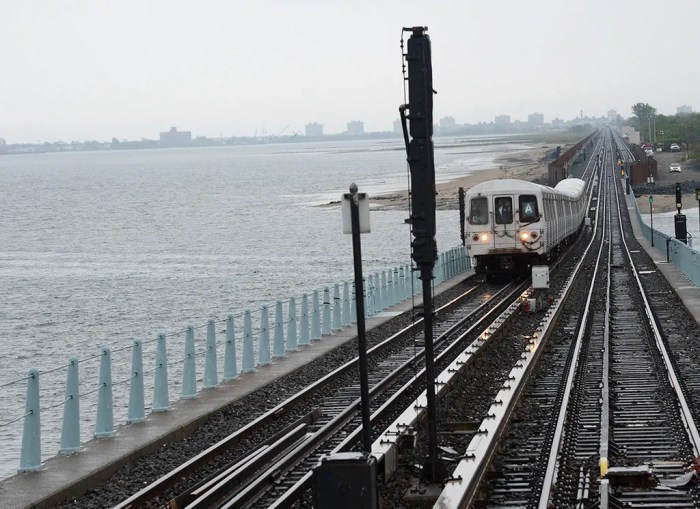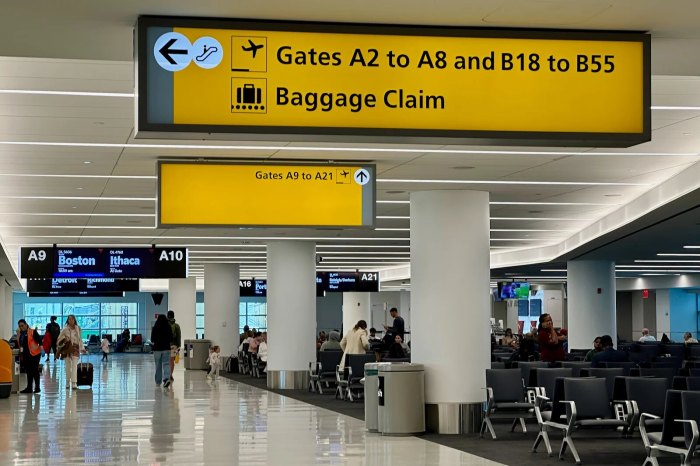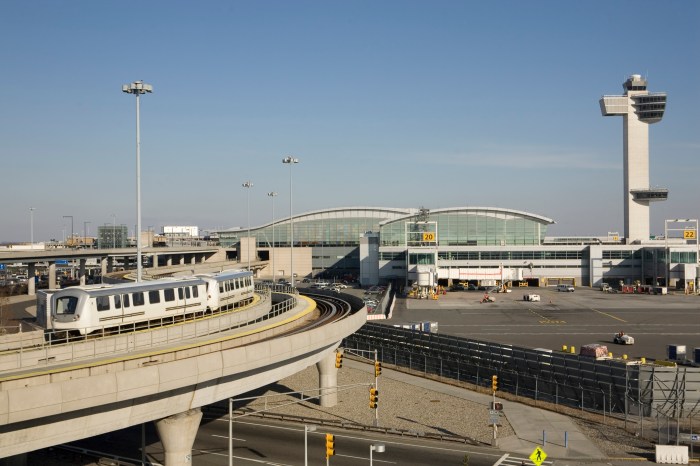By Philip Newman
The MTA has released a series of proposals to help decide what the coming fare increase will be like, including one suggestion that would raise the cost of a 30-day MetroCard to $125.
Metropolitan Transportation Authority Chairman Joseph Lhota emphasized at a news conference Monday that all four of the proposals are far from official acceptance and subject to straphangers’ examination and comment.
“We need to hear from the public,” Lhota said. “The public will have significant input into our decision-making process. In the spirit of transparency, the public will assist in shaping our fare policy.”
Much of the discussion will take place at eight public hearings in November, including one at the Sheraton LaGuardia East Hotel, at 135-20 39th Ave. in Flushing, Nov. 15.
Members of the public are encouraged to send written comments via the MTA website or register to speak at public hearings by calling 718-521-3333 between 6 a.m. and 10 a.m. Also for the first time, citizens who wish to record a videotaped comment can visit MTA offices at 3 Stone St. in Manhattan for that purpose.
The final decision will be made in a vote by the MTA board Dec. 19. The fares and tolls would become effective in early March 2013.
Lhota also said he had lately reversed direction on whether the MTA should abolish MetroCard bonuses.
“I have heard the public loud and clear,” Lhota said. “I’ve come to the opinion that riders really like the discount,” adding that he planned to recommend keeping the discounts to the MTA board.
One of the four plans hikes the monthly MetroCard to $109 from $104. Another raises the 30-day MetroCard by $21 to $125.
Two of the plans preserve the $2.25 basic fare while the other two increase it to $2.50.
All of the plans authorize a $1 fee for each new MetroCard. If you keep your old MetroCard, there is no fee.
Turning to the MTA’s edge-of-the-abyss finances, Lhota said that despite the millions saved by a massive MTA cost-cutting campaign, the agency still faces spiraling costs for debt burdens, pensions and health care programs.
“We are grappling with long-term measures to reduce these frustrating and difficult non-discretionary expenses, but today they are the drivers of the need for a fare and toll increase,” he said.
In any case, the MTA says it must raise $450 million in new revenue from the proposed increases.
The MTA said several questions are meant to promote discussion about the base fare and transit discount:
• Should the base fare remain unchanged?
• Should discounts be continued or reduced?
• Should the increase be across the board among all kinds of fares?
• Who should be affected: non-discount or discount users?
• The MTA said that among considerations, who should be affected: non-discount or discount users?
The MTA said that although the basic fare now is $2.25, only 15 percent of trips are paid for at that level. Discounted fares account for 85 percent of trips.
Fare hikes ranging from 8.2 percent to 9.3 percent are also in store for the Long Island Rail Road and Metro-North Railroad.
Motorists will pay 50 cents to $1 more at MTA bridges and tunnels, except for the Verrazano-Narrows Bridge, where the toll with go up by $2.
Gene Russianoff, attorney for the transit advocacy agency Straphangers Campaign, said, “I think the riders are pretty well ticked off at this … we have got to get more financial help from Albany and City Hall.”
Reach contributing writer Philip Newman by e-mail at timesledgernews@cnglocal.com or phone at 718-260-4536.




































